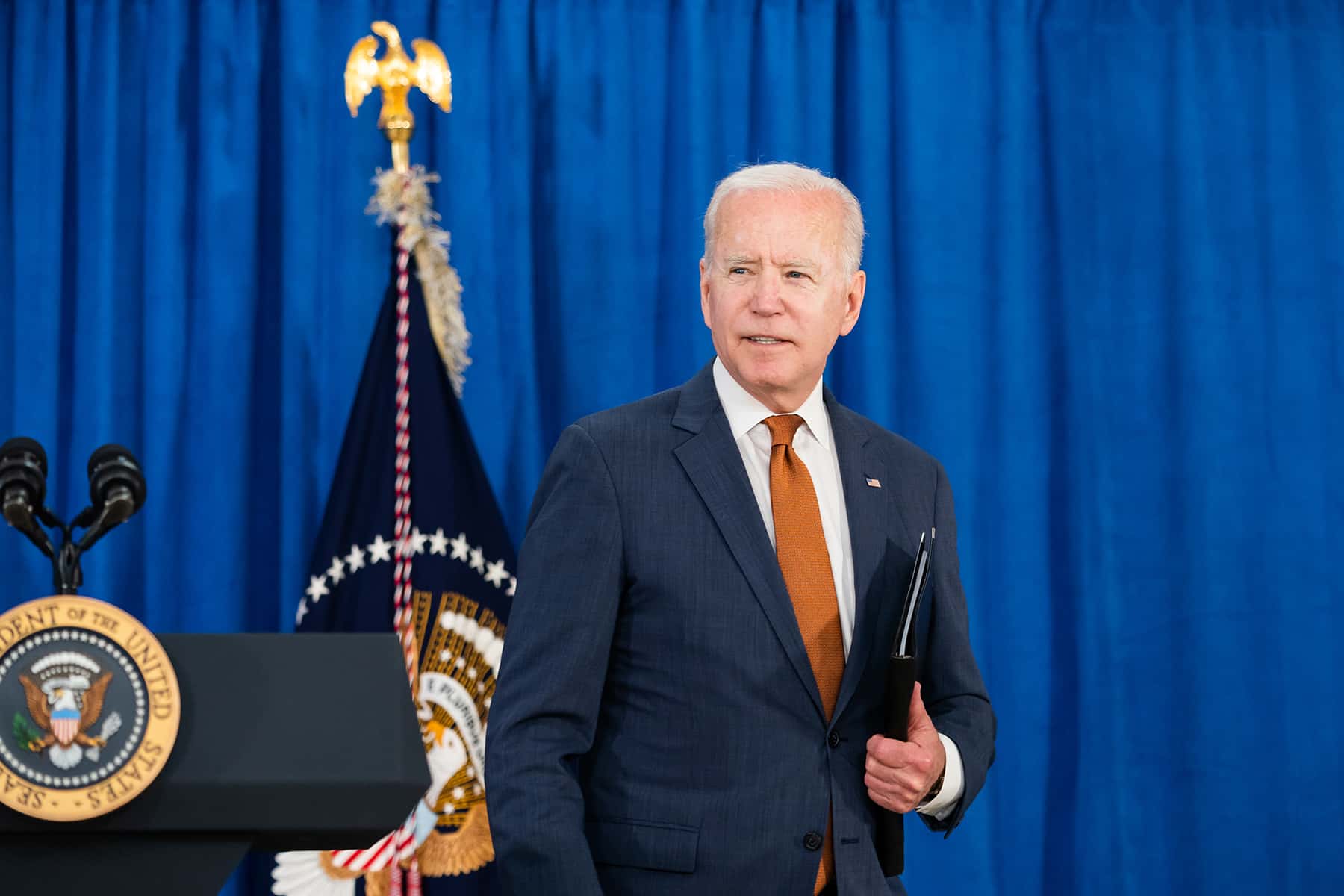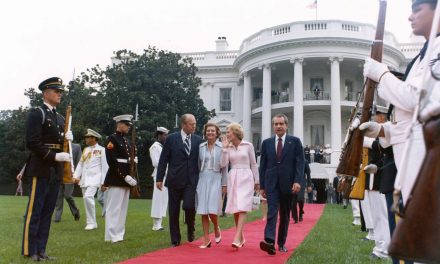
On July 8, President Joe Biden announced that the military mission of the United States in Afghanistan will end on August 31. We have been in that country for almost 20 years and have lost 2448 troops and personnel.
Another 20,722 Americans have been wounded. Estimates of civilian deaths range from 35,000 to 40,000. The mission has cost more than a trillion dollars. Leaving Afghanistan brings up just how much the world has changed in the past two decades. The U.S. invaded Afghanistan a month after the terrorist attacks of September 11, 2001 — which killed almost 3000 people in New York, Virginia, and Pennsylvania — to go after al Qaeda leader Osama bin Laden, who had been behind the attack.
The Islamic fundamentalist group that had controlled Afghanistan since 1996, the Taliban, was sheltering him, along with other al Qaeda militants. Joined by an international coalition, the U.S. drove the Taliban from power, but when the U.S. got bogged down in Iraq, its members quickly regrouped as an insurgent military force that attacked the Afghan government the U.S. propped up in their place. By 2018, the Taliban had reestablished itself in more than two thirds of Afghanistan.
In the years since 2001, three U.S. presidents have tried to strengthen the Afghan government to keep the nation from again becoming a staging ground for terrorists that could attack the U.S. But even a troop surge, like the one President Barack Obama launched into the region in 2009, could not permanently defeat the Taliban, well funded as it is by foreign investors, mining, opium, and a sophisticated tax system it operates in the shadow of the official government.
Eager to end a military commitment that journalist Dexter Filkins dubbed the “forever war,” the previous president, Donald Trump, sent officials to negotiate with the Taliban, and in February 2020 the U.S. agreed to withdraw all U.S. troops, along with North Atlantic Treaty Organization (NATO) allies, by May 1, so long as the Taliban stopped attacking U.S. troops and cut ties with terrorists.
The U.S. did not include the Afghan government in the talks that led to the deal, leaving it to negotiate its own terms with the Taliban after the U.S. had already announced it was heading home. Observers at the time were concerned that the U.S. withdrawal would essentially allow the Taliban to retake control of the country, where the previous 20 years had permitted the reestablishment of stability and women’s rights. Indeed, almost immediately, Taliban militants began an assassination campaign against Afghan leaders, although they have not killed any American soldiers since the deal was signed.
Biden has made it no secret that he was not comfortable with the seemingly endless engagement in Afghanistan, but he was also boxed in by Trump’s agreement. Meanwhile, by announcing the U.S. intentions, American officials took pressure off the Taliban to negotiate with Afghan leaders. The Pentagon’s inspector general noted in February that “The Taliban intends to stall the negotiations until U.S. and coalition forces withdraw so that it can seek a decisive military victory over the Afghan government.”
In April, Biden announced that he would honor Trump’s agreement, “an agreement made by the United States government… means something,” Biden said. He would begin a final withdrawal on May 1, 2021, to be finished before September 11, the twentieth anniversary of the 9/11 attacks.
In his July 8 address, the president explained that the withdrawal was taking place quicker than planned. He claimed that the U.S. had accomplished what it set out to do in Afghanistan. It had killed Osama bin Laden and destroyed a haven for international terrorists.
But the U.S. had no business continuing to influence the future of the Afghan people, he said. Together with NATO, the U.S. had trained and equipped nearly 300,000 members of the current Afghan military, as well as many more who are no longer serving, with all the tools, training, and equipment of any modern military. While we will continue to support that military, he said, it is time for the Afghan people to “drive toward a future that the Afghan people want and they deserve.”
For those asking that we stay just a little longer, especially in light of the fact the U.S. has lost no personnel since Trump cut the deal with the Taliban, he asked them to recognize that reneging on that deal would start casualties again. And, he asked, “Would you send your own son or daughter?”
Biden insisted the U.S. would continue to support the Afghan government and said the U.S. was working to bring to the U.S. Afghan translators whose lives are now in danger for working with U.S. forces. He also seemed to acknowledge the extraordinary danger facing Afghan women and girls under the rule of the Taliban as it continues to sweep through the country. And yet, he said, “I will not send another generation of Americans to war in Afghanistan with no reasonable expectation of achieving a different outcome.”
But Biden’s argument for leaving Afghanistan is based not just on the U.S. having achieved its original stated goals and his own dislike of endangering our military personnel. He wants the U.S. to adjust to the reality that the world has changed dramatically in the past 20 years.
Since 9/11, the international terrorist threat has spread far beyond Afghanistan and is now far easier to target with financial measures than with soldiers. So, for example, in April, the Biden administration placed sanctions on Pakistani nationals for money laundering in what was likely an attempt to stop the money flowing to the Taliban through Pakistan, money that keeps the Taliban alive. It has also sanctioned Russia for backing the Taliban in its attempt to assassinate American military personnel.
Bruce Riedel, an expert on U.S. security, South Asia, and counter-terrorism at the Brookings Institution who was with the Central Intelligence Agency in Afghanistan when the Russians invaded in 1979, concluded after Biden made his withdrawal announcement in April that it was not clear that the Taliban will take over Afghanistan after the U.S. leaves. The country remains mired in a civil war, and who the winner will be remains open.
Threats to America are more likely to come these days from cyber attacks, like the one that hit the U.S. on the Friday before the holiday weekend. Apparently originating in Russia, that ransomware attack hit supply chains. Like the one that hit Colonial Pipeline in May, disrupting fuel supplies to the Southeast, such attacks have potential to do enormous damage. Biden has warned Russian President Vladimir Putin, whose country harbors hackers, that critical infrastructure is off limits, and that the U.S. will retaliate for any such attacks.
Finally, of course, Biden can turn his attention from Afghanistan in part because the U.S. has not suffered a major attack by foreign terrorists since 2001. Now, according to Attorney General Merrick B. Garland and Homeland Security Secretary Alejandro N. Mayorkas, our primary danger from terrorism is homegrown and comes from “racially or ethnically motivated violent extremists.”
Аdаm SchuItz
Letters from an Аmerican is a daily email newsletter written by Heather Cox Richardson, about the history behind today’s politics















